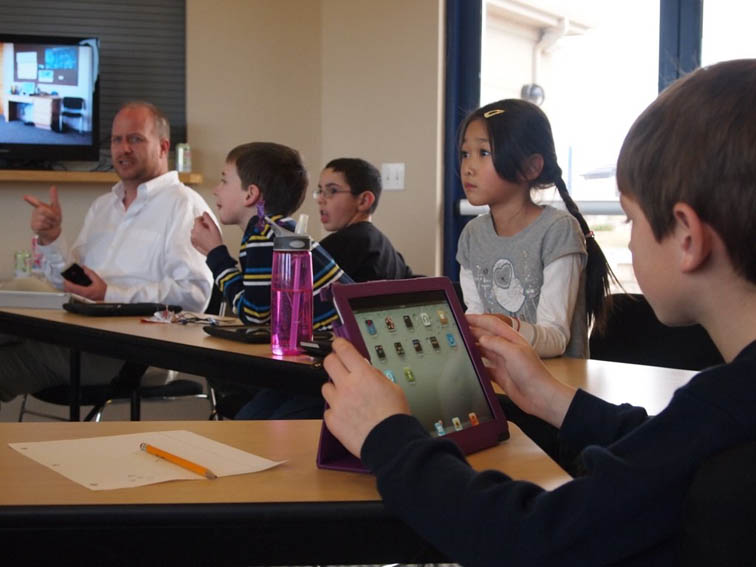Ideas for Creating an Interactive Blended Learning Experience
by Thomas Stanley, Project Learning LLC
There are, sometimes frustratingly, a number of ways to teach in the online world.
Some programs are credit retrieval, others are expanded correspondence courses, and still others ask the student to do some thematic activities. Another exciting way to teach is to have teachers and students do highly interactive online/real-world learning experiences. This type of teaching allows us to do more than just teach using minimal learning experiences for our students. It gives us the opportunity to challenge students to learn the material by touching all levels of learning. This type of learning environment allows us to expect more of our students.
Here are some ideas on how to deliver this exciting type of education and an overview of what some of the possibilities are for our students in learning in the Five Points of the Star blended learning environment.
In order to have the students become highly engaged in their own learning and take the time to be better students, it is necessary to shift into a different paradigm of learning. It is important to create an educational setting that allows students to explore and engage in multiple levels of learning. To create this type of student engagement in the online world, students should have five very highly interactive experiences; student-to-student, student-to-teacher, student-to-community, student-to- material, and student-to-technology. If an online program/class is able to build this type of learning environment, the students will have one of the most exciting and memorable encounters of their educational experience.
The best type of learning to develop each of these ideas is to have the student do some type of inquiry-based, project-based, or problem-based learning. These types of learning are not isolated classroom experiences but cross-curricular ones. For example, the work might be developed using a thematic structure that is organized and developed by the teaching staff and allows students to also work toward developing their own projects and activities.
 Combining the real-world resources, activities, and online experiences are some of the most valuable lessons students can do. All students, whether high achieving or low level, can master key interactive fundamentals if given the chance. In order to learn how to do a variety of learning projects, it can be especially helpful to have cross-curricular themes for the younger students to work through.
Combining the real-world resources, activities, and online experiences are some of the most valuable lessons students can do. All students, whether high achieving or low level, can master key interactive fundamentals if given the chance. In order to learn how to do a variety of learning projects, it can be especially helpful to have cross-curricular themes for the younger students to work through.
It is an important part of interactive, distance education to ask students to do real-world activities to more fully master the content. When students must mentally, emotionally, and physically touch the material, they learn the authentic skills they will be able to use as they advance into their academic and real-world future. If students must use all of the academic disciplines to do their work and produce a product that has to be viewed, reviewed, and restructured, they are forced to learn a wide variety of skills they will use later in their lives.
If a school is built on these sound educational principles, it will have one of the most robust learning communities in the online world. It is a type of learning that many students, teachers, and administrators are not accustomed to, and it challenges our traditional drill-and-kill mentality of education. In the series of articles that will appear over the next several days, I will give some suggestions on how to hopefully accomplish this important task. I hope the discussion that follows will begin to take all of us to the next level of online learning.
What will follow, then, is an explanation of the five critical relationships in a successful online learning program:
- Student-to-Student
- Student-to-Teacher
- Student-to-Community
- Student-to-Material
- Student-to-Technology
See you tomorrow for part 2 that takes a closer look at student-to-student interaction.
Image attribution flickr user flickeringbrad; The 5 Interactions Of A Robust Blended Learning Model

